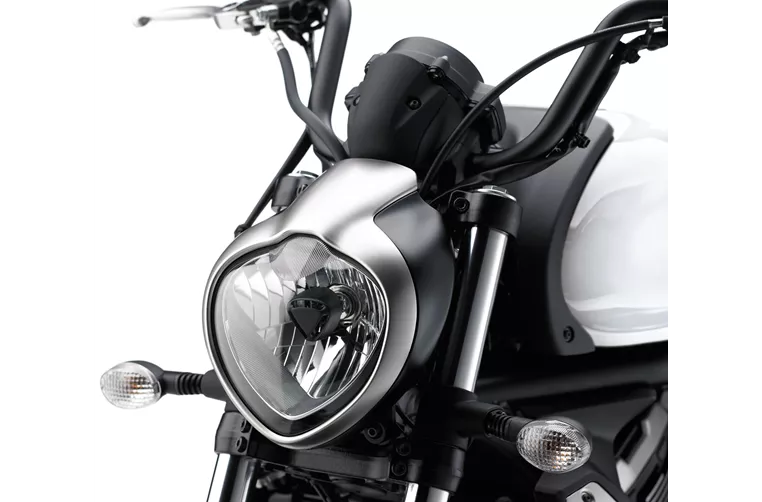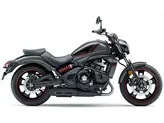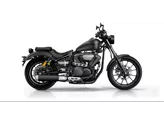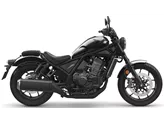Yamaha XV 950 R 2014 vs. Kawasaki Vulcan S 2015
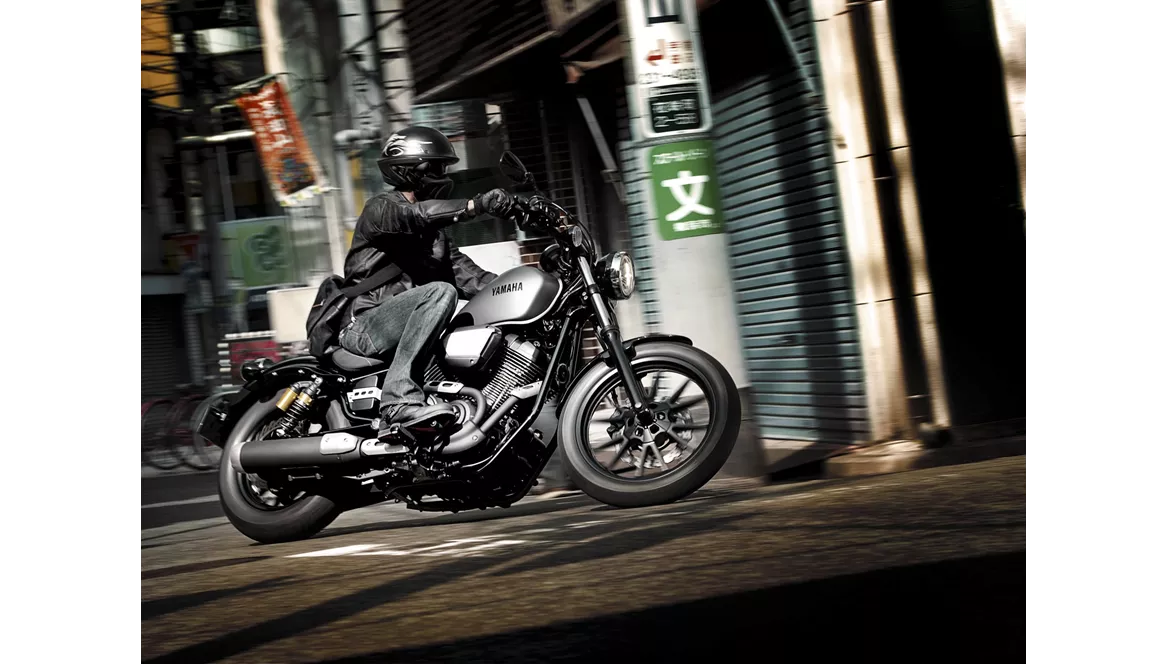
Yamaha XV 950 R 2014

Kawasaki Vulcan S 2015
Overview - Yamaha XV 950 R 2014 vs Kawasaki Vulcan S 2015
The Yamaha XV 950 R 2014 and the Kawasaki Vulcan S 2015 are both chopper/cruiser motorcycles that have their own unique features and strengths.

Yamaha XV 950 R 2014
Starting with the Yamaha XV 950 R 2014, it has a minimalist look with sporty accents, making it visually appealing. The engine has a displacement of 942 ccm and delivers 52 HP of power and 79.5 Nm of torque. The transmission is a belt drive, which provides smooth and efficient power transfer. The bike has a double cradle steel frame, which adds to its stability and durability. The front tyre width is 100 mm with a diameter of 19 inches, while the rear tyre width is 150 mm with a diameter of 16 inches. The wheelbase is 1570 mm and the seat height is 690 mm, making it suitable for smaller riders. The kerb weight with ABS is 251 kg and the fuel tank capacity is 12 liters. The Yamaha XV 950 R 2014 is known for its good workmanship and low centre of gravity, which enhances its stability and handling on the road. However, it has a few weaknesses such as an engine that lacks "momentum", low lean angle clearance, and a restrained sound.
On the other hand, the Kawasaki Vulcan S 2015 has its own set of strengths. It is equipped with a rev-happy engine that delivers 61 HP of power and 63 Nm of torque. The engine has a displacement of 649 ccm and is cooled by liquid. The transmission is a chain drive, which provides efficient power transfer. The bike has a steel perimeter frame, which adds to its stability and rigidity. The front tyre width is 120 mm with a diameter of 18 inches, while the rear tyre width is 160 mm with a diameter of 17 inches. The wheelbase is 1575 mm and the seat height is 705 mm. The kerb weight with ABS is 228 kg and the fuel tank capacity is 14 liters. One of the notable features of the Kawasaki Vulcan S 2015 is the Ergo-Fit system, which allows the rider to customize the bike's ergonomics for optimum comfort and control. The bike also offers decent brake performance with ABS and has a narrow rear tyre, which enhances its maneuverability. However, it has a few weaknesses such as the Ergo-Fit system costing extra, moderate wind protection, and the gear indicator only being available as an option.

Kawasaki Vulcan S 2015
In conclusion, both the Yamaha XV 950 R 2014 and the Kawasaki Vulcan S 2015 have their own strengths and weaknesses. The Yamaha XV 950 R 2014 offers a minimalist look, a stable chassis, and good workmanship, but lacks engine "momentum" and has limited lean angle clearance. On the other hand, the Kawasaki Vulcan S 2015 has a rev-happy engine, a customizable ergonomics system, and a narrow rear tyre for maneuverability, but comes with additional costs for the Ergo-Fit system and has moderate wind protection. Ultimately, the choice between these two models depends on the rider's preferences and priorities.
Technical Specifications Yamaha XV 950 R 2014 compared to Kawasaki Vulcan S 2015
Pros and Cons in comparison
Pros and Cons in comparison
Yamaha XV 950 R 2014

Visually, the Yamaha XV950R does everything right - it stands out from the wide variety of cruisers with its sporty touch. In riding, however, it does not stand out significantly from the competition. The XV950R also has the usual problem with low lean angle clearance, which is not helped by the firmer tuning of the chassis.
Kawasaki Vulcan S 2015

The Vulcan S is reinvigorating the "small" mid-size cruiser scene - not only because of its unique design, but also because it is so easy to ride and is aimed at beginners. The low seat height and the narrow saddle help the rider to stand securely on the ground, while the low centre of gravity also makes for easy and safe handling. The engine also fits in well with the uncomplicated appearance, can be revved up decently from 2000 rpm and only stops at around 10,000 rpm - something that has never been seen before in a cruiser. The "Ergo-Fit" system, which varies the seat height, the rider's distance from the handlebars and the footrests, costs extra but also allows the Vulcan S owner generous customisation options.
Price Comparison Avarage Market Price Yamaha XV 950 R vs Kawasaki Vulcan S
There are a few key differences between a Yamaha XV 950 R 2014 and a Kawasaki Vulcan S 2015. In terms of price, the actual average price of a Yamaha XV 950 R 2014 is about 19% higher. A Yamaha XV 950 R 2014 experiences a loss of 580 USD in one year and 800 USD in two years of ownership. This is offset by a loss of 380 USD and 400 USD for a Kawasaki Vulcan S 2015. Compared to Kawasaki Vulcan S 2015 there are less Yamaha XV 950 R 2014 bikes available on the 1000PS.de Marketplace, specifically 6 compared to 8. It takes less time to sell a Yamaha XV 950 R with 54 days compared to 75 days for a Kawasaki Vulcan S. Since model year 2014 1000PS.de editors have written 3 reviews for the Yamaha XV 950 R and 13 reviews for the Kawasaki Vulcan S since model year 2015. The first review for the Yamaha XV 950 R was published on 7/22/2013 and now has more than 53,200 views. This compares to more than 14,800 views for the first review on Kawasaki Vulcan S published on 10/16/2014.

